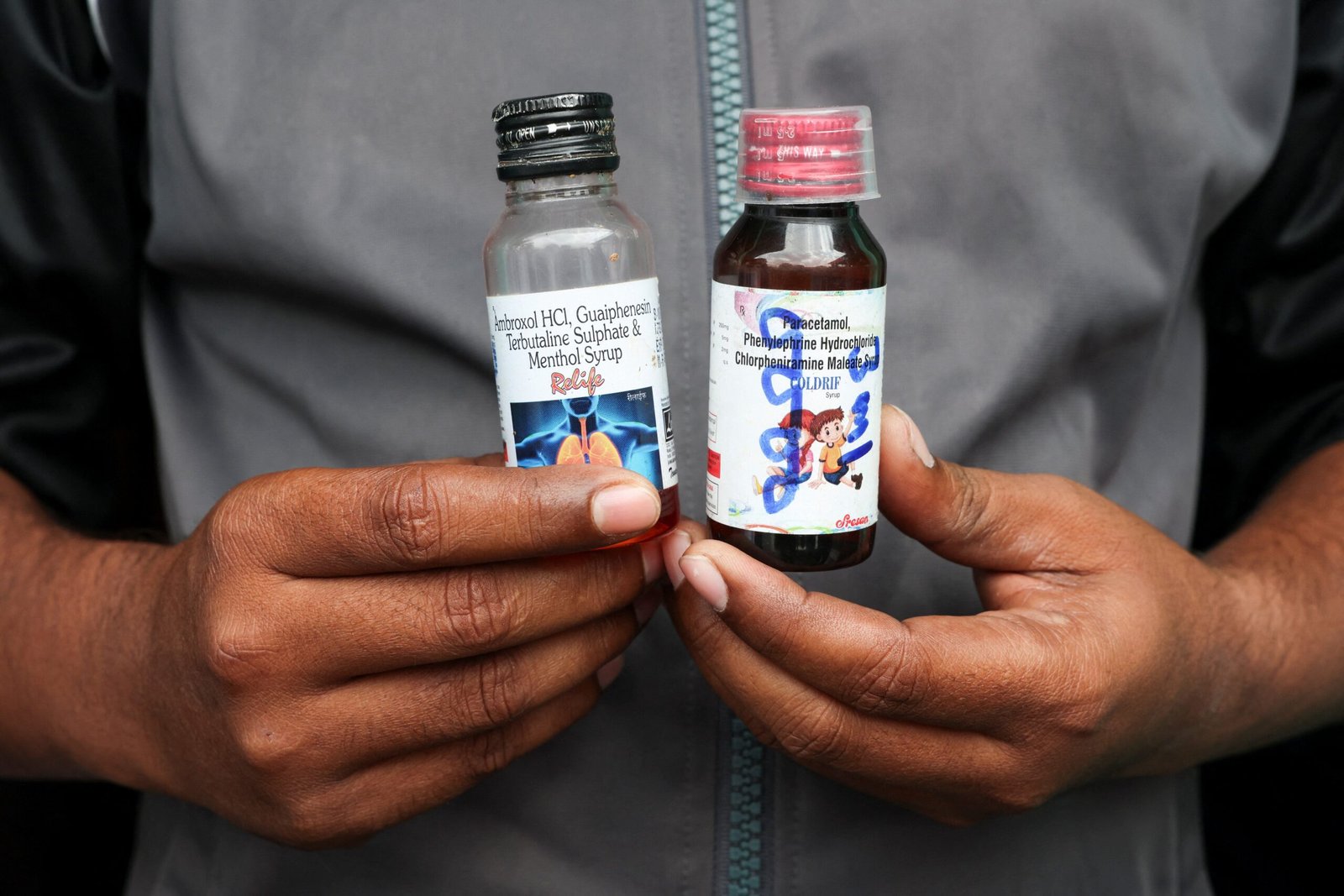- Himachal Pradesh has imposed a 1-year ban on the production, sale and storage of cotton candy (buddhia-ke-baal) or candy floss after the presence of potentially hazardous coloring agents (Rhodamine B) was confirmed in the samples.
- States like Karnataka, Tamil Nadu and Goa, which have also implemented similar restrictions on harmful colouring agents.
- While banning cotton candy in Tamil Nadu, the Health Minister said in a statement- that using Rhodamine-B in the “packaging, import, sale of food or serving food containing it at weddings and other public events would be punishable under the Food Safety and Standards Act, 2006″.
- Puducherry had also banned sale of cotton candy recently.
- Europe and California have made its use as a food dye illegal.
- Dyeing is the process of adding color to textiles or materials using dyes or pigments. It involves immersing the fabric in a dye solution or applying the dye in a pattern. Dyeing creates a variety of colors and patterns in textiles for clothing, home furnishings, and industrial uses.
| FSSAI has approved certain food colours and flavors as safe for consumption. These include: Caramel, Riboflavin (Lactoflavin), Saffron, Annatto, Curcumin (Turmeric), Carotene and carotenoids, including Beta-carotene, red colour from Ponceau 4R, Carmoisine, and Erythrosine, yellow colour (Tartrazine and Sunset Yellow FCF), blue colour (Indigo Carmine and Brilliant Blue FCF) and green colour (Fast Green FCF). |
Rhodamine B
- The pollutant that is extensively used for dyeing purpose is Rhodamine B (RhB). The recent analysis of several samples found the presence of Rhodamine-B, an industrial dye, that was added in the candy as an artificial colouring agent.
- While it appears green in powder form, it turns vivid fluorescent pink when it comes in contact with water. The textile dye imparts a vibrant, fluorescent-tinted pink-to-red hue.
- Rhodamine B is a water-soluble fluorescent xanthene dye widely utilized in various industries. Owing to its vibrant colours and excellent colour fastness properties, it is widely employed across diverse industries including textile dyeing, biological staining, and fluorescence microscopy. It is used in leather colouring as well as paper printing, inks and cosmetics.
- While its use is restricted in several parts of the world, Rhodamine-B is also used as the colorant in food items such as chili powder and chili oil.
Chemical Structure: Rhodamine B, a water-soluble fluorescent xanthine dye, has a unique chemical structure consisting of a xanthine ring system with an attached amino group, making it highly soluble in water and suitable for a variety of applications.
Source:
- Rhodamine B is synthesized through chemical processes in industrial settings.
- It is not naturally occurring and is produced synthetically.
- The synthesis involves the reaction of phthalic anhydride with aniline in the presence of specific catalysts.
- The production process is carried out in chemical manufacturing facilities under controlled conditions.
Applications and Industrial Significance
- Textile Coloring: Rhodamine B is used to dye fabrics and materials, giving them vibrant colors and ensuring long-lasting hues in the textile industry.
- Fluorescence Microscopy: In laboratories, Rhodamine B serves as a valuable tool in fluorescence microscopy and biological staining, enabling precise visualization of cellular structures and molecular interactions (helps scientists see tiny structures within cells and tissues clearly under microscopes).
- Industrial Applications: Highlighting its versatility across various industrial processes, it is added to inks, ink formulations, cosmetics, and food coloring agents, to give products bright and appealing colors.
- Water Tracing: Researchers use Rhodamine B to track how water moves in rivers and study how pollution spreads in waterways.
- Medical Research: Rhodamine B assists researchers in studying diseases and cells, making them easier to see and understand.
- Fluorescent Detection: It acts as a tool to detect specific molecules in labs and helps scientists understand chemical reactions better.
- Water Treatment and Analysis: It aids in studying and treating water pollution, helping experts keep our water clean and safe for everyone.
Implications on Environment, Plants and Health
a) Implications on Environment:
- Rhodamine B poses environmental risks due to its toxic properties and potential for bioaccumulation in ecosystems.
- Bioaccumulation refers to how pollutants enter a food chain and relates to the accumulation of contaminants, in biological tissues by aquatic organisms, from sources such as water, food, and particles of suspended sediment.
- Discharge of Rhodamine B-contaminated effluents into water bodies can lead to water pollution, disrupting aquatic ecosystems and endangering aquatic life.
- The persistence of Rhodamine B in the environment can have long-term impacts on soil quality and groundwater contamination.
- Rhodamine B may also leach into soil and affect soil microorganisms, potentially disrupting nutrient cycling and soil health.
b) Implications on Plants:
- Toxicity: Rhodamine B can negatively impact plant growth and development due to its toxic properties.
- Absorption: Plants can absorb Rhodamine B from contaminated soil or water sources, leading to physiological stress and reduced vitality.
- Bioaccumulation: Rhodamine B may accumulate in plant tissues over time, posing risks to higher trophic levels that consume contaminated plants.
c) Implications on human:
- According to data shared on the US government-run National Library of Medicine website, Rhodamine B ingestion can lead to “oxidative stress, injury, increase in cell apoptosis and brainstem“.
- Regular consumption of food containing Rhodamine B can damage the cerebellum tissue in the brain and the brainstem, resulting in functional abnormalities.
- Rhodamine B ingestion can cause liver dysfunction and increase the risk of cancer.
- Immediate consumption of Rhodamine B contaminated food can cause symptoms such as stomach fullness, itching, and breathing problems.
Role of Government and Regulatory Bodies
- Governments and regulatory agencies play a crucial role in monitoring Rhodamine B usage and enforcing safety standards to protect public health and the environment.
- In India, government and regulatory bodies, including the Food Safety and Standards Authority of India (FSSAI) and the Central Pollution Control Board (CPCB), oversee Rhodamine B and other hazardous substances under following Acts:
- Food Safety and Standards Act (FSSA), 2006: FSSAI regulates the use of Rhodamine B in food products, ensuring compliance with safety standards and guidelines.
- Environment (Protection) Act, 1986: The CPCB monitors Rhodamine B usage in industrial processes to prevent environmental pollution and protect ecosystems.
Conclusion
Rhodamine B embodies both potential and risk, demonstrating its industrial utility along with risks to human health and the environment. Despite its importance in industry and science, rhodamine B presents considerable challenges due to health risks and environmental contamination. Tackling these issues requires collaborative efforts to innovate treatment methods, enhance regulatory frameworks, and promote sustainable practices. Addressing the multifaceted challenges of Rhodamine B requires action on multiple fronts, including technological innovation, regulatory compliance, public awareness, and stakeholder collaboration. Through these collective efforts, we can pave the way for a sustainable future marked by responsible management of natural resources and the well-being of so




